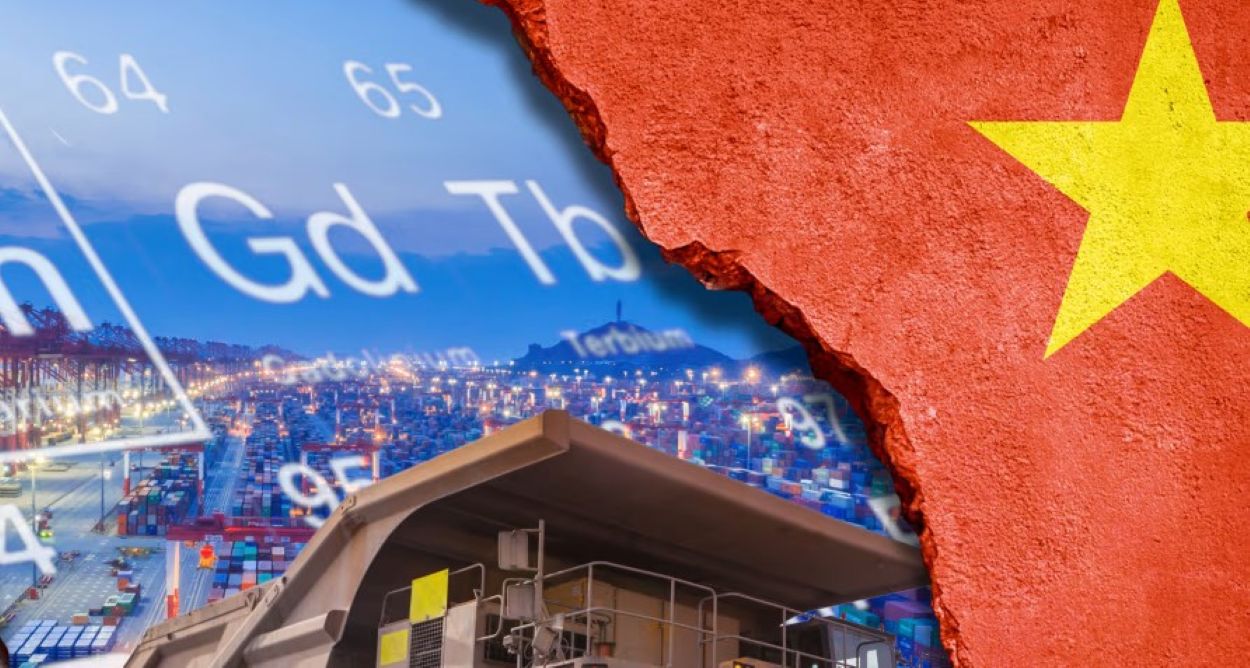Goldman Sachs has issued a warning about increasing risks to global supply chains for rare earth elements and critical minerals. Currently, China dominates the market, controlling 69% of mining, 92% of refining, and 98% of magnet production.
On October 9, China further tightened export restrictions on five rare earth elements, placing additional scrutiny on semiconductors ahead of the upcoming Trump-Xi summit.
The $6 billion rare earth market, while small compared to copper’s $198 billion, powers high-tech industries such as batteries, chips, AI, and defence. A 10% disruption could result in $150 billion in economic losses and inflation, according to a Goldman Sachs report.
- Samarium: Key for aerospace magnets.
- Lutetium and Terbium: High GDP loss risks.
- Light Rare Earths (cerium, lanthanum): Likely future targets.
As China threatens to restrict the supply of rare earths, the US and other countries that depend on the critical minerals are scrambling to diversify supply chains and achieve self-sufficiency https://t.co/U3O4QkCNdY pic.twitter.com/5gHumS9Cfz
— Al Jazeera English (@AJEnglish) October 21, 2025Read: China Tightens Rare Earth Export Controls
Western firms like Lynas Rare Earths and Solvay offer alternatives, but dependence persists. Building independent chains faces hurdles:
- Mining: 8–10 years for new mines; heavy rare earths are scarce outside China/Myanmar.
- Refining: Requires 5 years and advanced expertise.
- Magnets: Limited by China’s input control.
Rare Earth Element Production by Country🌏
Nearly 70% of the world's rare earth elements now come from a single country: China. pic.twitter.com/TpJWAAqWJ7
— MiningVisuals (@MiningVisuals) October 15, 2025Goldman Sachs highlights equities such as Iluka Resources, Lynas Rare Earths, and MP Materials. It predicts deficits in NdPrO for magnets. Additionally, cobalt, oil, and natural gas are facing supply threats due to geopolitical issues.






